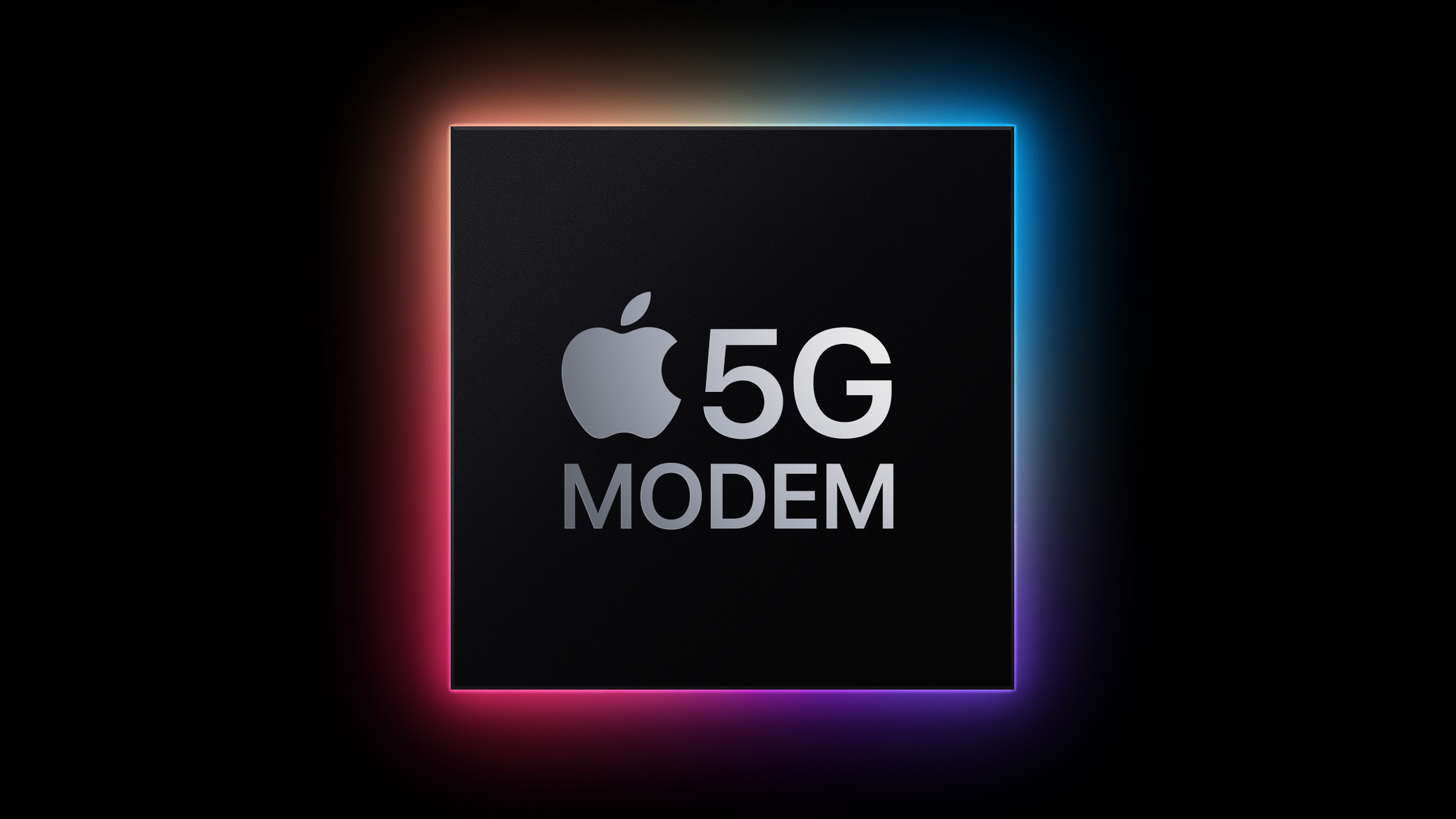
Apple plans to move away from Qualcomm modems in the Apple Watch while bolstering its new in-house alternatives, according to The Information's Wayne Ma.

Later this year, Apple plans to eliminate the Qualcomm modem used in the Apple Watch Ultra. Rather than using the C1 modem or another custom Apple chip, Apple plans to switch from using Qualcomm units to MediaTek ones. MediaTek is one of the few companies capable of designing 5G modems.
In 2026, Apple will debut a new custom modem with support for mmWave 5G. The C1 does not have this capability. The modem with mmWave support will be used in iPhones and "at least one iPad." This project has the codename "Ganymede."
The C1 currently falls short of Qualcomm's performance, and the report suggests its direct 2026 successor will be the same. It will not be until a third generation in 2027 that Apple will "finally be able to exceed the performance of Qualcomm's modems." This project is codenamed "Prometheus."
While this information appears to have been sourced independently, it corroborates previous rumors. In December, Bloomberg's Mark Gurman reported that Apple's second-generation 5G modem will add mmWave support and debut in the iPhone 18 lineup in 2026 and come to the iPad Pro by 2027.
He said the second modem will achieve theoretical download speeds of up to 6 Gbps, compared to up to 4 Gbps for Apple's first modem. He also alluded to Apple's wish for its third-generation modem to surpass Qualcomm's modems in terms of performance and AI features in 2027.
Another Bloomberg report mentioned Apple's plan to transition to MediaTek modems in the Apple Watch. MediaTek's modem adds support for 5G RedCap, a 5G service that's designed for connected devices and wearables that don't need standard 5G speeds. The current cellular Apple Watch models still use 4G LTE.
The Information's full article details Apple's tumultuous relationship with Qualcomm and how it developed the all-new C1 chip.
Article Link: Report: Apple's C1 Is Just the Beginning of Modem Changes


